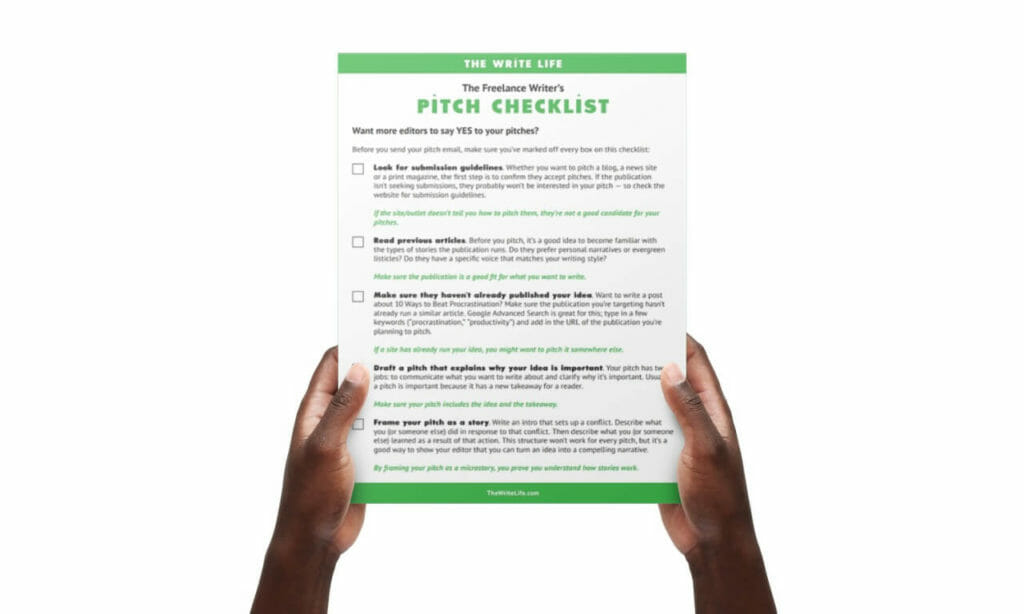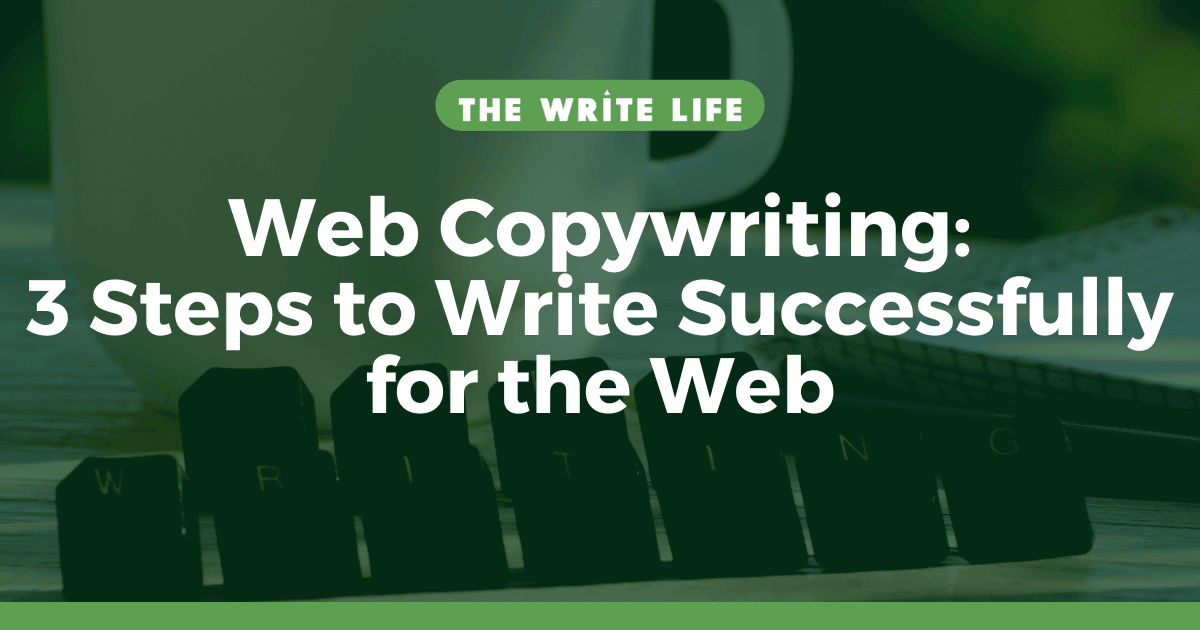Firstly – let’s crack the code of what web copywriting is…
Web copywriting is any text that is written with the purpose of advertising and marketing on the internet. You are trying to sell something with your words, and sometimes this is referred to as “sales copy.”
Can anyone be a copywriter?
Absolutely. It’s a great way of making an extra income, and it’s super easy to get the hang of (once you understand the art of it).
You may be thinking, “Yeah, I love to write, but I’ve never thought of building a career out of it!”
I thought the same.
I had no confidence in my writing and didn’t know how to take it to the next level – let alone make money from it!
But after implementing these three tips for successful copywriting, I saw my writing transform from being stale and lifeless, to totally binge-worthy.
In this guide, we’ll break down the game-changing tips to help you become a better web copywriter: Let’s have a quick look at them:
- Grab Your Audience’s Attention Immediately
- Choose Benefits Over Features
- Include Constant Call-To-Actions
👀 Grab Your Audience’s Attention Instantly
Every great piece of copy I’ve ever read, I knew it was great because I simply kept reading it!
The average attention span is about 8 seconds.
Literally, that’s it.
So you have 8 seconds to hook your reader in which means you need a killer introduction, which gets straight to the point and answers the reader’s question.
Let’s take a look at an example:
Say your article title is, How to Choose Between Etsy and Shopify When Wanting to Sell Products Online.
Your intro straight away should say something like,
“Let’s get straight to the point, Shopify is slightly better than Etsy because it’s a lot more personal, flexible, and lets you easily scale up your store.”
A common mistake writers can make is that they include unnecessary introductions of Shopify and Etsy, and by the time you know it, the reader has bounced off the page.
Your audience is already aware of how great both of these platforms are, hence why they’re now at the stage of just choosing between them to start selling products.
Try not to overload your audience with information they’re likely to have – keep it concise and to the point.
🤝 Benefits Over Features
The second rule is a MUST in any writing that is trying to convert sales.
Always write about benefits over features.
Another common mistake that most writers make is they will list all the factual pieces of information, rather than talking about how the product or service can serve them.
Truth be told, there’s one question on your reader’s mind when making a purchase decision, which is:
“What’s in it for me?”
The purchasing process is driven by emotions so talk about the experiences a customer will gain from it instead of stating technical points that hold little meaning for the reader.
Let’s take a real-life example:
If someone’s looking to buy a vlogging camera, writing about the ‘’large sensor and optical image stabilisation’ might not cut it on its own – especially if the customer only cares about how good their YouTube vlogs will look!
Always highlight the benefit of this large sensor by adding:
“The large sensor makes this camera the best option on the market for vlogging in natural daylight – so you don’t have to worry about changing the settings before heading out!”
Shine the light back on your reader, and explain why the camera is going to make their life a whole lot easier.
Listing endless features of the camera might not make sense to someone who’s not tech-savvy either.
📞 Include Constant Call-To-Actions
What is a call-to-action?
A call-to-action (CTA) is anything on the page that prompts an immediate response from your reader.
It’s a way of pointing them in the right direction to finalise a purchase of a product of service.
Call-to-action buttons are not always for monetary purposes – they’re also great at prompting your reader to share the article with others for more site traffic.
They’re often seen in the form of buttons like these:
Web copywriting is important and you need to keep the reader moving through the article, but it’s not that useful if your reader has no idea where to go next. That’s where a CTA comes in.
You’ll rope in the reader with your majestic words, but you’ll have to tell them explicitly how to get their hands on this product or service with call-to-action buttons.
Even if it’s just a number to ring, make it really obvious to the reader how they can go ahead with a purchase, or just learn more.
There are also definitely things such as bad CTA writing! Make sure the CTA is obvious, direct, and ambiguous.
Writing for the Web: Summary
And that’s a wrap!
We’ve broken down the three steps for successful web copywriting. If I may add a bonus tip: don’t be afraid to bring your character through the copy because, when it feels like you’re speaking to a friend, it’s a lot more engaging for the audience!
Let’s have a quick recap at what these tips are:
- Grab Your Audience’s Attention Instantly – Keep your intro concise and to the point!
- Write About Benefits Over Features – Avoid including a list of product features, instead discuss the value of it.
- Include Constant Call-To-Actions – Let your reader know where to go next!
Becoming an awesome copywriter doesn’t require you to be a pro, it’s all about implementing a good strategy and sticking to it.
- Related: Make Money Writing
- Related: Copywriting Examples to Inspire You
Now that you have these top tips to refer back to, it’s time to take action! (See what I did there?)
Grab your pitch checklist, so you can land more web copywriting gigs.

Now, all there’s left to say…Happy Writing! 😎
Written by Zara Choudhry, Founder of AnonymouslyZara – a platform inspiring women through articles about faith, lifestyle, career tips and healthy relationships.







